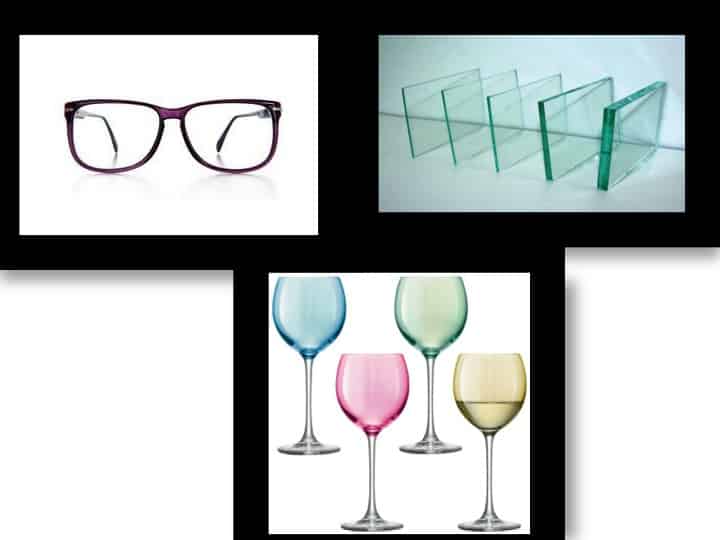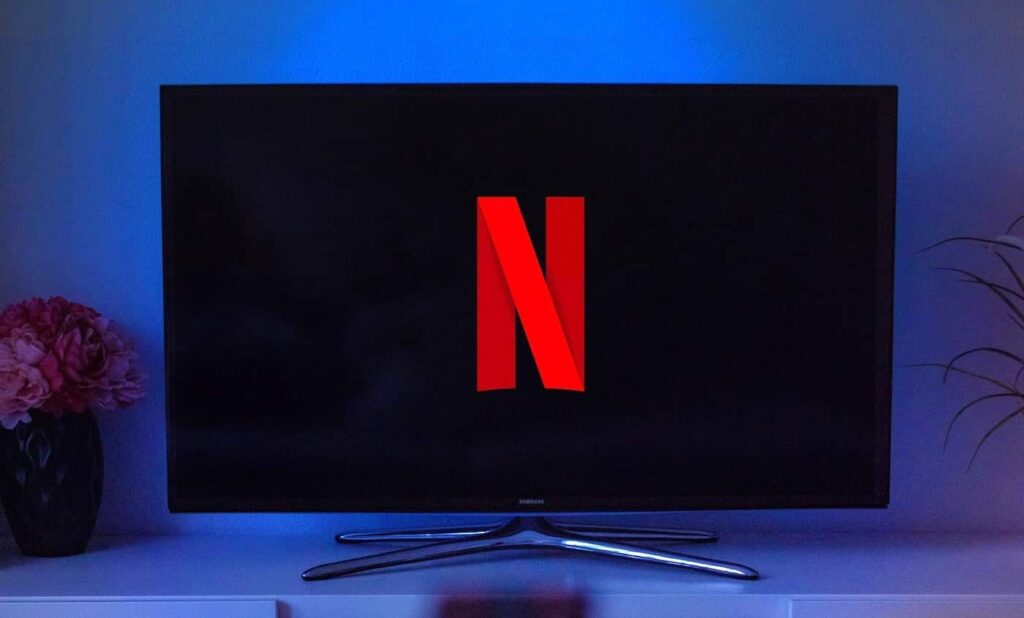Translating is not a process that can be considered simple or easy. It is widely agreed that translation must focus on the smallest details in order to achieve the best result. The main aim of translating is to express the same message in another language. While translating, the translator must be creative in order to produce a text in another language with an equivalent meaning.
Audiovisual translators translate texts with a clear aim: to be spoken. There is a huge difference between texts that are written to be read and texts that are written to be spoken. Therefore, the text must be translated in a way that it can be read in a fluent way, and not sound forced or unnatural.
When an audiovisual translation is carried out without paying proper attention to the video, it can have serious consequences. Changes or mistakes can completely alter the meaning of a scene. For example if you have a text but not the corresponding video and the text says “Take those glasses.” it may not be clear if ‘glasses’ refers to:

Sometimes the translator may be able to deduce what is meant from the context, but this is not always the case. In English ‘glasses’ can mean any of the three objects in the photo. However, in Spanish for example, we refer to these objects with three different words. So the image is essential when translating.
Let’s take a look at two examples of this kind of mistake in very famous films.
In The Matrix, there is a scene in which a policeman sends for backup. The English version says “I’ve sent two units” meaning two groups but the Spanish version translates “units” as “agents”. It looks odd when the policeman says “I’ve sent two agents” and then four appear.

In the Spanish Slumdog Millionaire there is a scene in which a character asks for a ‘torch’. ‘Torch’ in English could refer to either one of these torches, but in Spanish, there are different words to refer to each of these objects. In the film, a character is seen asking for ‘antorchas’, yet another character is seen arriving with ‘linternas’.
That’s why here at GoLocalise we revise and proofread a text as many times as needed, paying close attention to the every detail of the video in order to deliver the highest level of quality and satisfaction for our clients.






















